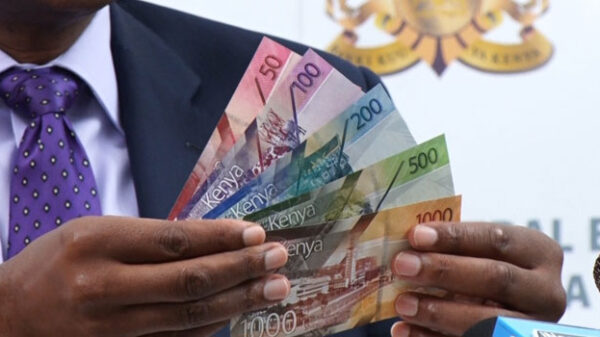NAIROBI, Kenya, Jul 13 – A local telecommunication firm is complaining that some unscrupulous traders are hoarding last-mile frequencies which if not re-possessed would lead to delay of the inland fibre optic roll-out plan.
UUNET Kenya Managing Director Tom Omariba said the industry was experiencing an artificial shortage of the last-mile spectrum because dormant players have acquired these frequencies for speculative purposes.
“Some players had acquired the frequencies some time back but are not utilising (them) thus denying other players from accessing the same,” said Mr Omariba.
Kenya expects at least four under-sea cables which will be operational between August 2009 and 2010. They include SEACOM, TEAMS, EASSy and LION.
Mr Omariba said the cables will act as a backbone service, similar to the Kenya Power and Lighting Company high voltage grid.
He said end users will not connect to the backbone directly, but through the last line frequencies, using either copper cable – leased copper cables, dial ups and DSL – or wireless networks like WiMAX, WI-Fi, GPRS and 3G.
“For instance the 2.4GHz and 2.3 – 2.5GHz wireless bands support Wi-Fi and high speed mobile/nomadic WiMAX respectively but are currently not available for use by public network operators,” said Mr Omariba.
He said as the hoarding of the frequencies persists, the position of the regulators, the Communication Commission of Kenya (CCK) is eagerly awaited by the industry who do not have any visibility of how the spectrum will be freed and the timelines involved.
CCK has already given notice to the players to either start using the frequencies or risk them repossessed.
It is widely expected that the undersea cables will lower internet costs, increase internet speeds and provide more bandwidth capacity.
Mr Omariba estimated that the costs will reduce by between 20 – 30 percent, because local vendors will factor in costs associated with procuring the international fibre, last mile and other regulatory and administrative overheads like high licence and spectrum fees.
“The price reduction will therefore be in the range of 20-30 percent unless the players revert to the old ways of overselling capacity which will mean a bad end-user experience,” he said.
Mr Omariba said the uptake of bandwidth from these cables will also be highly depended on the proactive approach from the Government.
“Unless the government subsidises the high spectrum fees when the spectrum becomes available, we are going to have the initial challenges to rural electrification caused by high end user transformer and power line investment costs. The service will still be expensive and the targeted end users will not afford the service,” he said.


































